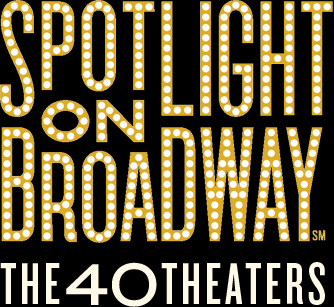Broadhurst
235 West 45th Street
New York, NY


Whitney Cox, Courtesy The Shubert Archive

Whitney Cox, Courtesy The Shubert Archive
Whitney Cox, Courtesy The Shubert Archive
Theater Architect

Shubert Archive
Shubert Archive

Tanya Braganti
Tanya Braganti

Tanya Braganti
Tanya Braganti
Tanya Braganti

Photo by Friedman-Abeles © The New York Public Library for the Performing Arts
Photo by Friedman-Abeles © The New York Public Library for the Performing Arts

Photofest
Photofest

Museum of The City of New York
Museum of The City of New York










